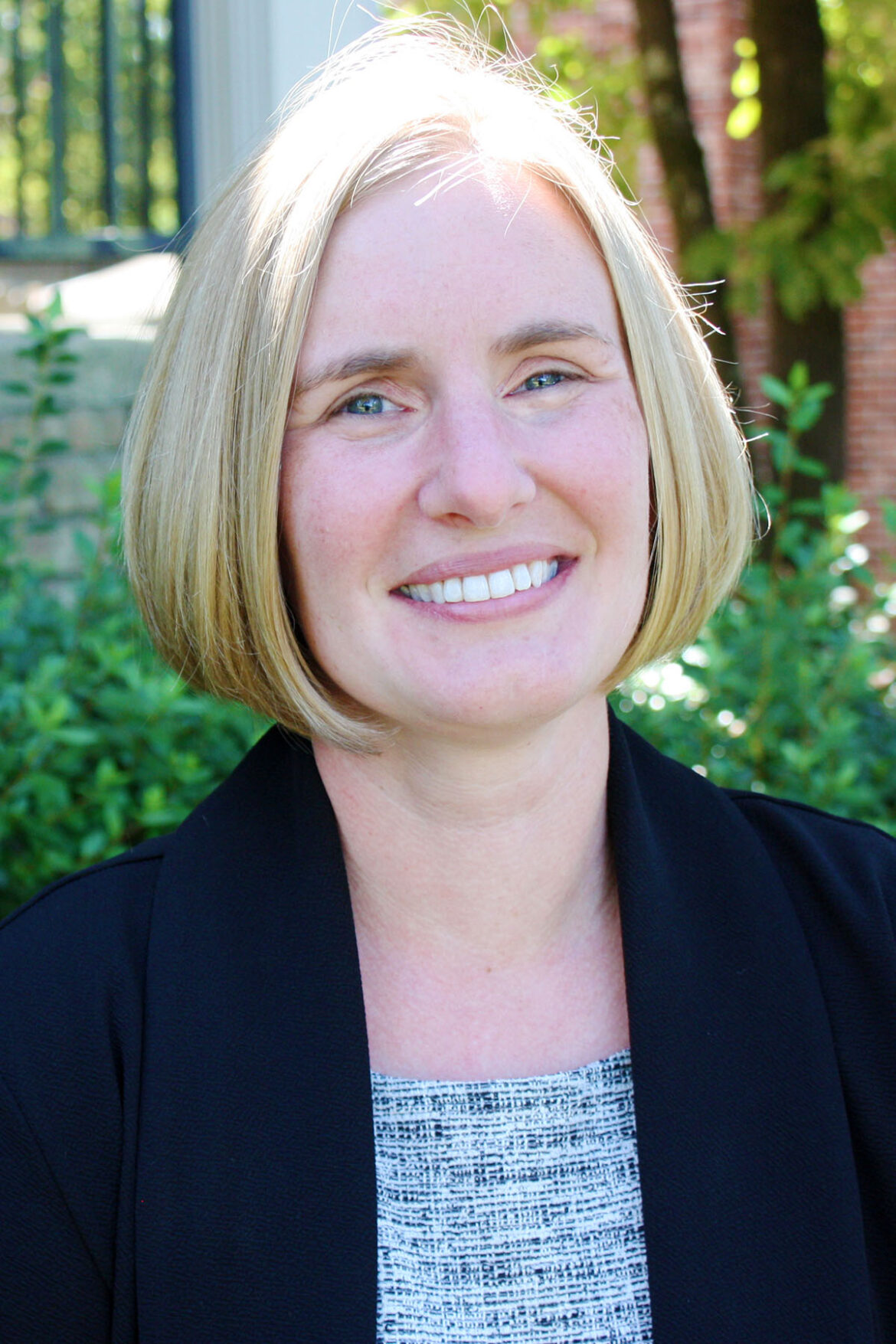
Julie Quast
Lakeside Middle School
Hot Springs, Arkansas
julie_quast@lakesidesd.org
Best Practices
1) Being an instructional leader for our building is one of my best practices. I lead instruction in a variety of ways, including co-teaching lessons, teaching lessons while teachers observe other teachers, small group instruction for identified students on specific learning targets, as well as being visible in the classrooms, playground, and hallways. The best compliment from a former student came when he told his mom that I was everywhere! That is my goal! To be visible, available, and supportive.
Through the Professional Learning Community (PLC) process, I focus on student learning and support teachers in using data to drive instruction. Our district has a weekly Smart Start time where students arrive at normal times, but school starts an hour late so teachers can meet. I am responsible for organizing activities for the students and for ensuring teachers are working to answer the four PLC questions. I created and shared a running document that is updated each week by the content and grade level teams with progress on the smart goals, minutes, and next steps. We meet with our academic coaches each week to discuss the needs of the teachers, instructional successes, and to identify areas for future professional development.
Recently a former colleague shared the impact the book The Deepest Well: Healing the Long-term Effects of Childhood Trauma and Adversity, had on her perspective for her students, and I knew it would be beneficial for our middle school. When I shared the idea for a book club with my principal and deputy superintendent, they were all in and even agreed to pay for the book for anyone who wanted to participate. An invitation to join the conversation afterschool hours was sent and over half of our teachers joined! The book club conversation has been so meaningful and really illustrates the importance of remembering to think of the whole child, not just the academics. As humans, we all want to feel like we are a part of something, and the book club has given our teachers a place to belong. We are even considering completing a micro-credential from the state’s mini-grants to continue our learning after we finish the book. Leading instruction in all different ways and focusing on students and adults as learners and people means so much to me. I am honored to come to work each day.
2) Restorative practices and positive behavior supports are best practices that align with my beliefs about students and the importance of building and maintaining positive relationships. As assistant principal, a portion of my day often involves students who have made poor choices. When addressing discipline situations, I want my students to know they are cared for and are more than their We work together through the six restorative questions:
- What happened?
- What were you thinking at the time?
- What have you thought about since?
- Who has been affected and in what way?
- How could things have been done differently?
- What do you think needs to happen next? (questions from https://www.iirp.edu/news/time-to-think-using-restorative-questions)
The questions help students process what happened and consider how others were affected by their actions, which is often the most challenging question. Students are usually quick to identify ways their actions could have been done differently and often come up with better solutions than I could for what should happen next. This really helps when talking to parents, and I share what the student believes should happen next.
Before my arrival, my school had implemented a Restorative Justice (RJ) program for in-school suspension, but after I attended a workshop last winter, we made one crucial change. The speaker, Kelvin Oliver, suggested a Structured Day approach, which meant students would not miss core instruction for issues outside the instructional environment. This does not seem like rocket science, but it has made such a difference for our students. Structured Day puts learning first. When a negative choice by a student occurs in the classroom, a team approach is taken to decide which parts of the day the student will miss. The teachers are so thankful to have their students in class and not miss the opportunity to learn. When in RJ, students are working to resolve conflict and restore the relationships impacted.
Working with the behavior specialist at our educational cooperative for a specific student, helped me learn and provide strategies to support other students. The specialist introduced the Student Intervention Matching Form, which gives teachers additional options and information about how to support students in the classroom. We have successfully implemented check-in check-out, small group social training, behavior contracts, and the self-monitoring protocol.
The opportunity to put a team together to attend a Positive Behavior Support training this summer could not be passed up. After our professional development, the team and I led our staff to identify common area expectations. A group of our special education teachers that have duty in the common areas volunteered to roll out our expectations on the first day of school. The roll out was the first time for everyone to hear the common expectations, and our referral numbers for the first quarter went down from 116 in 2021 to 45 referrals for the first nine weeks of this school year (down 52%!).


